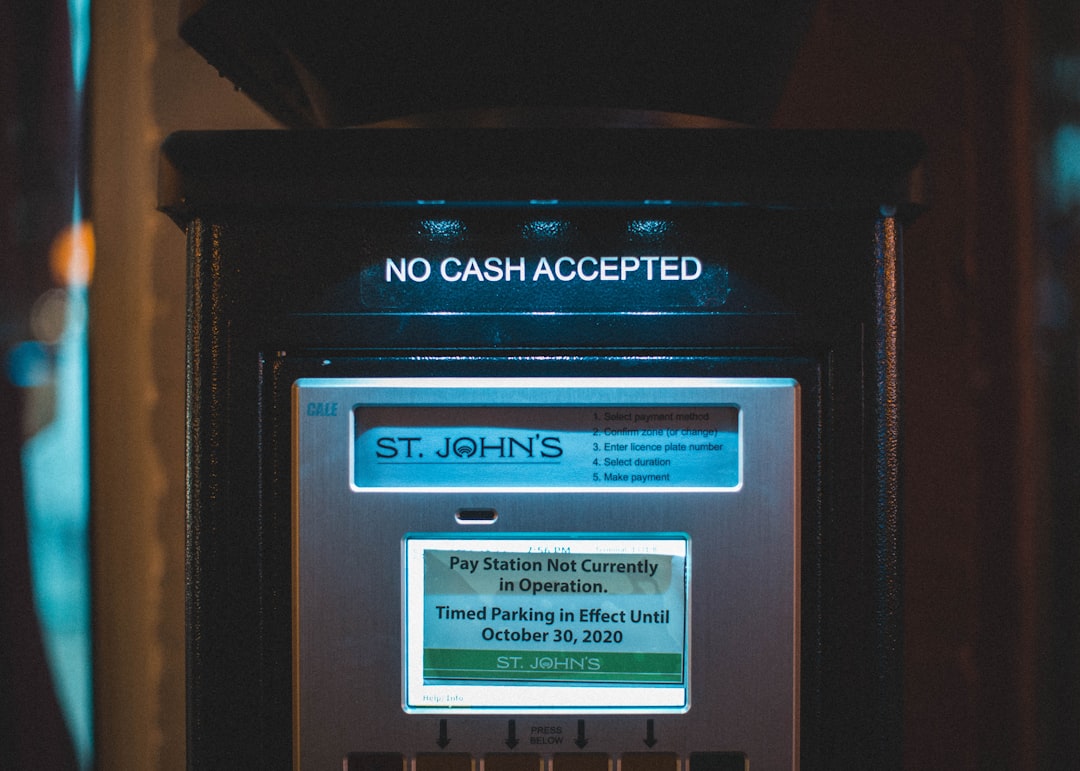
Oops! You checked your bank account, and it’s negative. Those pesky overdraft fees struck again. But here’s the good news—you might not have to pay them!
Many banks will actually refund overdraft fees if you just ask. Yep! It can be that simple. In this article, we’ll show you exactly how to secure an overdraft refund from your bank in a way that’s smart, fun, and stress-free.
What is an Overdraft Fee?
An overdraft fee happens when you spend more money than what’s in your bank account. Your bank covers the difference but charges you a fee for it. These fees can be around $30 or even more—per transaction!
They can pile up fast. But don’t worry. You don’t always have to pay them.

Step 1: Check Your Bank Account
Before we do anything, let’s find out what we’re dealing with.
- Log into your online banking account or check your mobile app.
- Look for any “overdraft” or “non-sufficient funds (NSF)” fees.
- Write down the dates and amounts of each.
This will help you stay informed when you talk to the bank.
Step 2: Prepare Your Story
Banks are more likely to help if you have a good reason. Even better if this doesn’t happen all the time.
Here are some points you might want to include when you talk to the bank:
- “I’ve been a customer for X years.”
- “This was an accident. I didn’t mean to go negative.”
- “It’s my first time this has happened.” (If it’s true!)
- “I’d really appreciate a one-time courtesy refund.”
Sound polite. Sound honest. That gets you far!
Step 3: Contact Your Bank
Now it’s time to actually talk to someone.
You have a few options:
- Call customer service. This is often the most effective.
- Use live chat on your bank’s website or app.
- Send a secure message through your online banking portal.
No matter which you choose, stay chill. Be kind and patient. You’re talking to a person who probably deals with angry customers all day.
Here’s a Script You Can Use
Feel free to copy and paste—or make it your own.
Hi there! I just noticed I was charged an overdraft fee on [date] for [$amount]. I’ve been a customer with [bank name] for [X years], and this doesn’t happen often. I’d really appreciate it if you could refund the fee as a one-time courtesy. Thank you!
It’s short, sweet, and polite. Just what they like to hear.
Step 4: Be Ready to Negotiate
If they say no, don’t panic. That’s not always the final answer. You can say something like:
I understand policies are in place, but I’d be really grateful if you could make an exception. Is there anything I can do to get this resolved?
If the first person can’t help, ask kindly to speak with a supervisor. You might be surprised how often they say YES once you escalate just a little.

Step 5: Try Again Later (If You Have To)
If you don’t succeed the first time—try again. Wait a day or two and reach out once more. Another rep might be more willing to help.
Other Tips to Boost Your Chances
- Don’t make a habit of overdrafting. Banks track that kind of thing.
- Keep your account in good standing. Repeated overdrafts or negative balances can hurt your credibility.
- Know your bank’s policies. Some offer automatic fee forgiveness once a year.
Pro Tip: Some banks like Ally, Capital One, or Charles Schwab have no overdraft fees at all. Switch if you’re always paying fees!
Use Tools to Help You
There are even apps that can help ask for refunds for you. For example:
- Truebill/Rocket Money
- Earnin
- Empower
These apps connect to your account and contact your bank on your behalf. It’s not guaranteed, but they’ve helped many users get refunds without lifting a finger!
How Many Times Can You Get a Refund?
There’s no strict rule. It depends on:
- Your bank’s policy
- Your history with the bank
- Your overdraft frequency
Usually, banks may offer one or two refunds per year. Sometimes more if you have a long, clean record and a friendly smile (even if they can’t see it over the phone).
Prevent Future Overdrafts
Let’s not go through this again, right? Here’s how to avoid fees in the future:
- Set up balance alerts. Many banks allow text/email alerts when your balance is low.
- Link a savings account. That way, your bank draws from savings before charging fees.
- Use budgeting apps. Tools like Mint or YNAB help track every dollar.
- Opt out of overdraft protection. If you do this, your card simply gets declined instead of overdrafting.
It’s better to have a transaction declined than deal with a $35 slap-on-the-wrist.
Know When to Switch Banks
If your bank refuses to refund fees—and charges them routinely—it might be time for a change.
Here are a few banks and credit unions people love for low or no fees:
- Ally Bank
- Capital One 360
- Chime
- Discover Bank
- Local Credit Unions (check your area!)
Loyalty is great. But if your bank doesn’t treat you right, show yourself some love and switch.
Wrapping It Up
Overdraft fees are a total bummer. But they don’t have to be permanent. With a little know-how and a friendly tone, you can often get them wiped clean.
Let’s recap:
- Find out when and how much you were charged.
- Prepare your reason.
- Contact your bank and ask nicely.
- Push a little if you need to.
- Use apps or switch banks if your bank isn’t playing nice.
Money saved is money earned. Especially when you don’t have to do much to get it back!
Go get your refund. You’ve got this.






